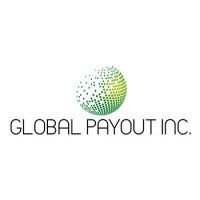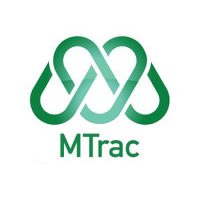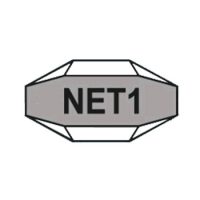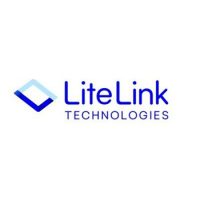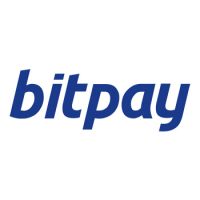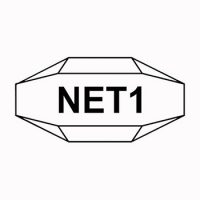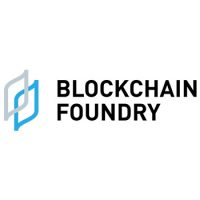Blockchain Press Releases
Power semiconductor Market to Reach $75.1 billion, Globally, by 2032 at 4.5% CAGR: Allied Market Research
The Power semiconductor market is driven by factors, including a surge in the installation of solar photovoltaic panels for electricity generation, an increase in demand for power electronics modules across various industry verticals, and the HVDC and smart grid initiatives by the government.
PORTLAND, Ore., Aug. 8, 2023 /PRNewswire/ — Allied Market Research published a report, titled, “Power Semiconductor Market by Material (SiC, GaN, and Others) Product (Power MOSFET, IGBT, Thyristor, Power Diode, and Others), Industry Vertical (IT & Telecom, Aerospace & Defense, Industrial, Energy & Power, Electronics, Automotive, and Healthcare): Global Opportunity Analysis and Industry Forecast, 2023–2032“. According to the report, The global power semiconductor market was valued at $48.9 billion in 2022, and is projected to reach $75.1 billion by 2032, growing at a CAGR of 4.5% from 2023 to 2032.
Power semiconductor are efficient electronic devices with high power ratings. These reliable devices are specifically designed to withstand high voltage and current with lesser losses. Power semiconductor are produced by using semiconducting materials like silicon (Si) or silicon carbide (SiC). Power semiconductor are critical components in all kinds of power electronics equipment including uninterruptible power systems (UPSs) and inverters.
Request PDF Brochure: https://www.alliedmarketresearch.com/request-sample/1602
Prime determinants of growth
The Power semiconductor market analysis is anticipated to expand significantly during the forecast period owing to a surge in the installation of solar photovoltaic panels for electricity generation, an increase in demand for power electronics modules across various industry verticals. Additionally, the market for Power semiconductor is expected to benefit from the HVDC and smart grid initiatives by the government. However, complexity in the supply chain and designing process of SiC semiconductor technology poses a restraint to the growth of the Power semiconductor market during the forecast period.
Report coverage & details:
|
Report Coverage |
Details |
|
Forecast Period |
2022–2032 |
|
Base Year |
2022 |
|
Market Size in 2022 |
$48.9 billion |
|
Market Size in 2032 |
$75.1 billion |
|
CAGR |
4.5 % |
|
No. of Pages in Report |
430 |
|
Segments covered |
Material, Product, Industry Vertical, and Region. |
|
Drivers |
Rise in the installation of solar photovoltaic panels for electricity generation Increase in demand for power electronics modules across various industry verticals |
|
Opportunities |
HVDC and smart grid initiatives by the government |
|
Restraints |
Complexity in supply chain and designing process of SiC semiconductor technology |
Covid-19 Scenario
- COVID-19 has a significant influence on both the economy and consumers. To curb the spread of the virus, manufacturing centers for electronics, including those producing semiconductors, were temporarily shut down. As a consequence, the semiconductor market’s supply chain has been severely affected, leading to shortages of raw materials, intermediate components, and finished products.
- The lack of business continuity has resulted in adverse effects on revenue, shareholder returns, and overall financial performance of power the semiconductor industry.
The SiC segment is anticipated to dominate in terms of revenue during the forecast period
Based on material, the SiC segment accounted for nearly three-fifths of the total revenue in the global Power semiconductor market in 2022, and it is expected to continue its dominant position throughout the forecast period. The primary factors contributing to its dominance and growth are its superior material properties, including higher breakdown electric field strength, wider bandgap, and lower thermal expansion compared to conventional silicon semiconductors. Moreover, the GaN segment is projected to manifest the highest CAGR of 5.4% from 2023 to 2032, driven by include increasing demand in 5G infrastructure for high-frequency and high-power RF devices, growing adoption in electric vehicles (EVs) and renewable energy systems for enhanced efficiency, emerging applications in LiDAR technology for autonomous vehicles, and advancements in GaN technology leading to improved performance and cost-effectiveness.
Procure Complete Report (430 Pages PDF with Insights, Charts, Tables, and Figures) @ https://bit.ly/43Ylp0n
The power MOSFET segment garnered the major share in 2021
By product, the power MOSFET segment accounted for nearly one-fourth of the global Power semiconductor market share in 2021. This is attributed to its widespread use in various electronic devices for switching and amplifying electronic signals. Its compact size and ability to be integrated into single chips enable efficient power conversion and management, contributing to its significant market presence. Additionally, the increasing demand for electric devices, renewable energy systems, and electric vehicles further drives the adoption of power MOSFETs, solidifying their position in the Power semiconductor market. However, the IGBT segment would cite the fastest CAGR of 5.44% throughout the forecast period due to the increasing adoption of IGBTs in electric vehicles, consumer electronics, and renewable energy systems driving their demand in various industries. The ability of IGBTs to handle higher voltage and current levels, coupled with their fast switching rates and reduced power losses, makes them ideal for high-power applications.
The IT and Telecom segment is expected to dominate in 2022
Based on industry verticals, the IT and Telecom segment emerged as the market leader in the global Power semiconductor market in 2022, holding the highest market share of more than one-fifth of the revenue. This dominant position is attributed to the extensive adoption of Power semiconductor in various critical applications within the IT and Telecom industry. Power semiconductor are widely used in base stations, space applications, optical systems, satellite communication, radar systems, and wireless applications, among others, to enable efficient power management and signal amplification. Moreover, the energy and power segment held the major share of 18.9% in 2032. However, the automotive segment is expected to experience the fastest CAGR of 6.21% from 2023 to 2032. The remarkable growth of the automotive segment can be attributed to the increasing adoption of electric and hybrid vehicles, advancements in autonomous driving technologies, rising demand for vehicle connectivity and V2X communication, the need for high-efficiency power conversion, the popularity of advanced lighting systems, and the implementation of stricter emission regulations.
Asia-Pacific to maintain its dominance by 2032.
Based on region, Asia-Pacific dominated the Power semiconductor market revenue in 2022, representing nearly half of the global market share. This region is expected to witness the fastest CAGR of 5.33% from 2023 to 2032. The primary reasons for this dominance are the rise in industrialization, rapid urbanization, and increasing demand for power modules in various industries, including automotive, renewable energy, and electric grid infrastructures, are driving the adoption of Power semiconductor. Additionally, the availability of massive power plants generating high voltage power, coupled with the region’s growing population and energy consumption, further contributes to the dominance of Asia-Pacific in the Power semiconductor market.
Leading Market Players: –
- Fuji Electric Co., Ltd.
- Infineon Technologies
- Mitsubishi Electric Corporation
- Hitachi, Ltd.
- NXP Semiconductors N.V.
- ON Semiconductor Corporation
- Renesas Electronics
- STMicroelectronics N.V.
- Texas Instruments Inc.
- Toshiba Corporation
The report provides a detailed analysis of these key players in the global Power semiconductor market. These players have adopted different strategies such as agreements, innovations, expansions, product launches, collaborations, and others to increase their market penetration and strengthen their position. in the industry. The report is helpful in determining the business performance, operating segments, developments, and product portfolios of every market player.
Want to Access the Statistical Data and Graphs, Key Players Strategies: https://www.alliedmarketresearch.com/power-semiconductor-market/purchase-options
Key Benefits For Stakeholders:
- This report provides a quantitative analysis of the market segments, current trends, estimations, and dynamics of the Power semiconductor market analysis and Power semiconductor market outlook from 2021 to 2031 to identify the prevailing market opportunity.
- The market research is offered along with information related to key drivers, restraints, and opportunities.
- Porter’s five forces analysis highlights the potency of buyers and suppliers to enable stakeholders make profit-oriented business decisions and strengthen their supplier-buyer network.
- In-depth analysis of the market segmentation assists to determine the prevailing market opportunities.
- Major countries in each region are mapped according to their revenue contribution to the global market.
- Market player positioning facilitates benchmarking and provides a clear understanding of the present position of the market players.
- The report includes the analysis of the regional as well as global Power semiconductor market trends, key players, market segments, application areas, and market growth strategies.
Power Semiconductor Market Key Segments:
By Product
- Silicon Carbonate (SiC)
- Gallium Nitride (GaN)
- Others
By Application
- IT and Telecommunication
- Consumer Electronics
- Automotive
- Aerospace and Defense
- Transportation
- Medical
- Energy and Power
- Others
By Component
- Discrete
- Module
- Power Integrated Circuits
By Region
- North America (U.S., Canada, Mexico)
- Europe (UK, Germany, France, Rest of Europe)
- Asia-Pacific (China, Japan, India, South Korea, Rest of Asia-Pacific)
- LAMEA (Latin America, Middle East, Africa)
Buy this Research Report @ https://bit.ly/3Qq8eCv
Trending Reports in Semiconductor Industry (Book Now with 10% Discount):
Semiconductor Bonding Market Trends, Analytics and Statistics
Surface Mount Device Semiconductor Market Manufacturer, Report to 2031
Silicon Carbide Power Semiconductors Market Size, Share | Industry Trends
Wide Bandgap Semiconductors Market Insight and Trends 2031
Outsourced Semiconductor Assembly and Test (OSAT) Market Size, Share | 2023 – 2031
About Us
Allied Market Research (AMR) is a full-service market research and business-consulting wing of Allied Analytics LLP based in Portland, Oregon. Allied Market Research provides global enterprises as well as medium and small businesses with unmatched quality of “Market Research Reports” and “Business Intelligence Solutions.” AMR has a targeted view to provide business insights and consulting to assist its clients to make strategic business decisions and achieve sustainable growth in their respective market domain.
We are in professional corporate relations with various companies and this helps us in digging out market data that helps us generate accurate research data tables and confirms utmost accuracy in our market forecasting. Allied Market Research CEO Pawan Kumar is instrumental in inspiring and encouraging everyone associated with the company to maintain high quality of data and help clients in every way possible to achieve success. Each and every data presented in the reports published by us is extracted through primary interviews with top officials from leading companies of domain concerned. Our secondary data procurement methodology includes deep online and offline research and discussion with knowledgeable professionals and analysts in the industry.
Contact:
David Correa
5933 NE Win Sivers Drive
#205, Portland, OR 97220
United States
USA/Canada (Toll Free): +1-800-792-5285, +1-503-894-6022
UK: +44-845-528-1300
Hong Kong: +852-301-84916
India (Pune): +91-20-66346060
Fax: +1(855)550-5975
[email protected]
Web: https://www.alliedmarketresearch.com/reports-store/semiconductor-and-electronics
Logo: https://mma.prnewswire.com/media/636519/Allied_Market_Research_Logo.jpg
![]() View original content:https://www.prnewswire.co.uk/news-releases/power-semiconductor-market-to-reach-75-1-billion-globally-by-2032-at-4-5-cagr-allied-market-research-301895727.html
View original content:https://www.prnewswire.co.uk/news-releases/power-semiconductor-market-to-reach-75-1-billion-globally-by-2032-at-4-5-cagr-allied-market-research-301895727.html

Blockchain
Ethereum ETFs Aren’t Blockchain But Is A Revolutionary Tech: Top 6 Amazing Reasons To Invest In Them
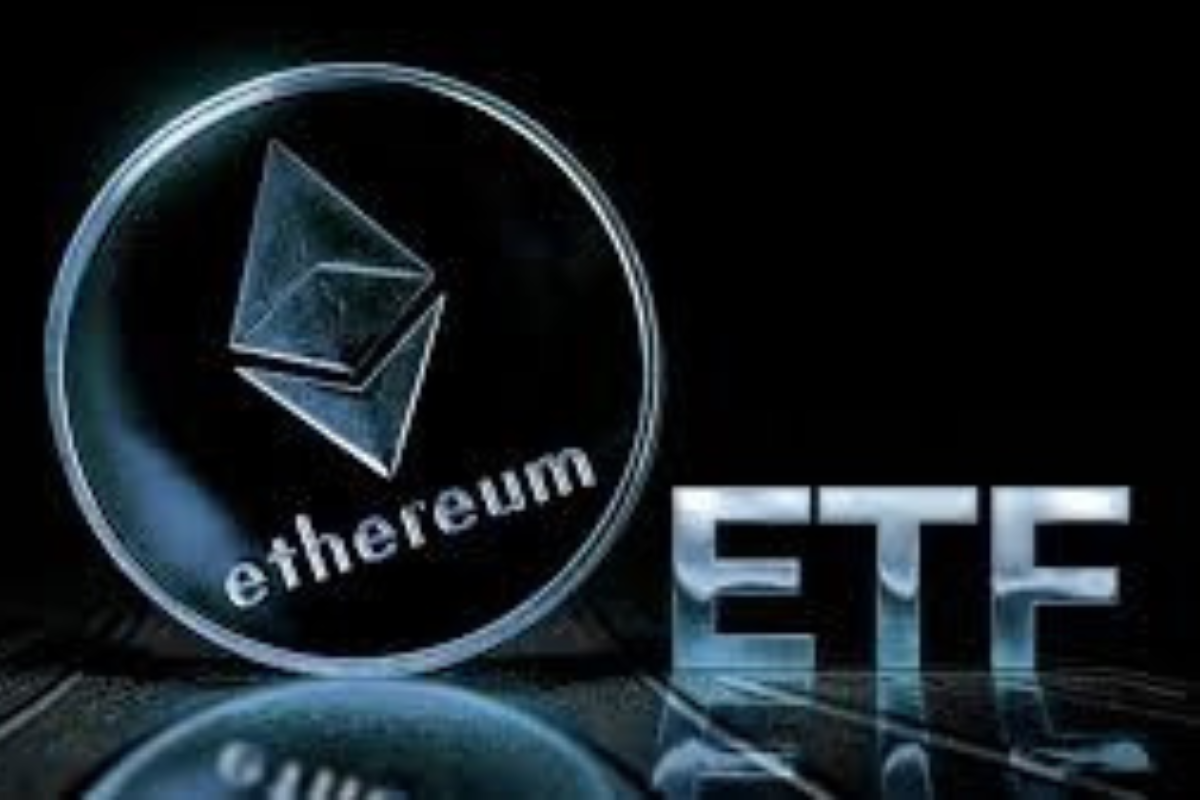
The financial landscape is rapidly evolving, with the integration of blockchain technology and cryptocurrencies becoming more prominent. Among these, Ethereum ETFs (Exchange-Traded Funds) have emerged as a significant investment vehicle, offering exposure to the Ethereum blockchain’s native cryptocurrency, Ether (ETH), without requiring direct ownership. However, it’s crucial to understand that Ethereum ETFs are distinct from the blockchain itself and serve different purposes in the investment world.
Understanding Ethereum and ETFs
Ethereum: A decentralized platform that enables the creation and execution of smart contracts and decentralized applications (dApps). It operates using its cryptocurrency, Ether (ETH), which fuels the network.
ETF (Exchange-Traded Fund): A type of investment fund that holds a collection of assets and is traded on stock exchanges. ETFs can include various asset classes, such as stocks, commodities, or bonds.
Ethereum ETFs: The Intersection of Traditional Finance and Cryptocurrency
An Ethereum ETF provides a way for investors to gain exposure to the price movements of Ether without directly purchasing the cryptocurrency. This is achieved through an ETF structure, where the fund holds assets linked to the value of Ether, and investors can buy shares of the ETF on traditional stock exchanges.
Key Features of Ethereum ETFs:
- Indirect Exposure: Investors gain exposure to Ether’s price changes without needing to manage or store the cryptocurrency themselves.
- Regulatory Compliance: Unlike the relatively unregulated cryptocurrency market, ETFs operate under the oversight of financial regulators, offering a layer of investor protection.
- Accessibility: Ethereum ETFs are available through traditional brokerage platforms, making them accessible to a broader range of investors.
Why Invest in an Ethereum ETF?
- Diversification: Including an Ethereum ETF in a portfolio can provide exposure to the cryptocurrency market, potentially enhancing diversification beyond traditional assets.
- Convenience and Familiarity: ETFs are a familiar investment product, simplifying the process of investing in cryptocurrencies.
- Professional Management: ETF managers handle the investment decisions, including the buying and selling of assets, which can be advantageous for those less familiar with the cryptocurrency space.
- Regulatory Oversight: ETFs are subject to regulatory scrutiny, potentially offering more safety and transparency compared to direct cryptocurrency investments.
- Potential for Growth: As the cryptocurrency market grows, ETFs linked to assets like Ether may benefit from rising prices.
Key Differences Between Ethereum and Ethereum ETFs
While both are related to the Ethereum blockchain, Ethereum itself and Ethereum ETFs represent different forms of investment:
- Ethereum (ETH):
- Direct ownership of the cryptocurrency.
- Full exposure to Ethereum’s features, including staking and network participation.
- Traded on cryptocurrency exchanges.
- Highly volatile and largely unregulated.
- Ethereum ETF:
- Indirect exposure through shares representing Ether’s value.
- Traded on traditional stock exchanges under regulatory oversight.
- Offers a more stable and familiar investment structure.
- Typically lower volatility compared to direct cryptocurrency ownership.
Future Considerations for Ethereum ETFs
The approval and launch of Ethereum ETFs mark a significant milestone in bringing cryptocurrencies closer to mainstream finance. They offer a convenient and regulated means for investors to gain exposure to the growing digital assets market. However, they also come with limitations, such as not allowing direct participation in the Ethereum ecosystem’s innovations, like dApps and smart contracts.
As the market evolves, we may see more sophisticated financial products that better capture the full potential of the Ethereum ecosystem. For now, Ethereum ETFs provide a balanced option for those interested in cryptocurrency exposure within the framework of traditional finance.
In conclusion, while Ethereum ETFs offer a gateway into the world of digital assets, they should be viewed as complementary to, rather than a replacement for, direct investment in the underlying blockchain technologies. Investors should carefully consider their investment goals, risk tolerance, and the unique attributes of both Ethereum and Ethereum ETFs when making investment decisions.
Source: blockchainmagazine.net
The post Ethereum ETFs Aren’t Blockchain But Is A Revolutionary Tech: Top 6 Amazing Reasons To Invest In Them appeared first on HIPTHER Alerts.
Blockchain
Nexo Reaffirms Commitment to Data Protection with SOC 3 and SOC 2 Compliance
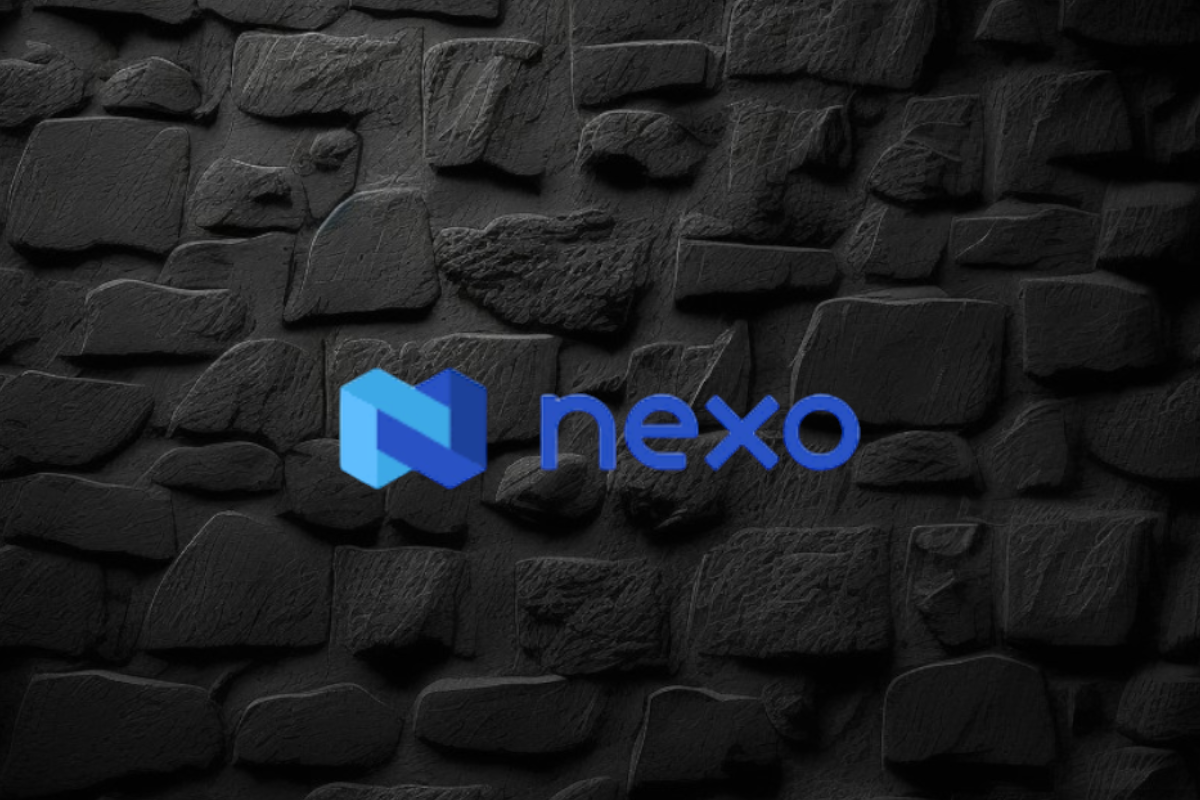
Nexo, a leading institution in the digital assets industry, has reinforced its commitment to data security by renewing its SOC 2 Type 2 audit and attaining a new SOC 3 Type 2 assessment without any exceptions. This rigorous audit process, conducted by A-LIGN, a respected independent auditor specializing in security compliance, confirms Nexo’s adherence to stringent Trust Service Criteria for Security and Confidentiality.
Key Achievements and Certifications
- SOC 2 and SOC 3 Compliance:
- SOC 2 Type 2: This audit evaluates and reports on the effectiveness of an organization’s controls over data security, particularly focusing on the confidentiality, integrity, and availability of systems and data.
- SOC 3 Type 2: This public-facing report provides a summary of SOC 2 findings, offering assurance to customers and stakeholders about the robustness of Nexo’s data security practices.
- Additional Trust Service Criteria:
- Nexo expanded the scope of these audits to include Confidentiality, showcasing a deep commitment to protecting user data.
- Security Certifications:
- The company also adheres to the CCSS Level 3 Cryptocurrency Security Standard, and holds ISO 27001, ISO 27017, and ISO 27018 certifications, awarded by RINA. These certifications are benchmarks for security management and data privacy.
- CSA STAR Level 1 Certification:
- This certification demonstrates Nexo’s adherence to best practices in cloud security, further solidifying its position as a trusted partner in the digital assets sector.
Impact on Customers and Industry Standards
Nexo’s rigorous approach to data protection and compliance sets a high standard in the digital assets industry. By achieving these certifications, Nexo provides its over 7 million users across more than 200 jurisdictions with confidence in the security of their data. These achievements not only emphasize the company’s dedication to maintaining top-tier security standards but also highlight its proactive stance in fostering trust and transparency in digital asset management.
Nexo’s Broader Mission
As a premier institution for digital assets, Nexo offers a comprehensive suite of services, including advanced trading solutions, liquidity aggregation, and tax-efficient credit lines backed by digital assets. Since its inception, the company has processed over $130 billion, showcasing its significant impact and reliability in the global market.
In summary, Nexo’s successful completion of SOC 2 and SOC 3 audits, along with its comprehensive suite of certifications, underscores its commitment to the highest standards of data security and operational integrity. This dedication positions Nexo as a leader in the digital assets space, offering unparalleled security and peace of mind to its users.
Source: blockchainreporter.net
The post Nexo Reaffirms Commitment to Data Protection with SOC 3 and SOC 2 Compliance appeared first on HIPTHER Alerts.
Blockchain
Marshall Becomes First US Senator to Walk from Controversial Crypto Bill He Co-Sponsored

Republican Senator Roger Marshall has withdrawn his support for the Digital Asset Anti-Money Laundering Act of 2023, a controversial bill he initially co-sponsored with Senator Elizabeth Warren and others. This bill, reintroduced in the Senate on July 27, 2023, aimed to bring the cryptocurrency industry into alignment with existing anti-money laundering (AML) and counter-terrorism financing (CTF) laws.
Key Provisions of the Bill
The legislation proposed stringent regulations on digital asset providers, including unhosted wallet providers, miners, and validators, by classifying them as financial institutions under the Bank Secrecy Act (BSA). It mandated these entities to adhere to BSA compliance requirements, which include extensive reporting and monitoring responsibilities. Additionally, the bill called for the Financial Crimes Enforcement Network (FinCEN) to establish regulations for reporting significant foreign digital asset holdings and to create compliance measures to address risks associated with anonymity-enhancing technologies.
Senator Marshall’s Shift
Marshall’s withdrawal from the bill comes as a surprise, particularly given his earlier criticisms of cryptocurrencies, which he has described as a “threat to national security.” This includes concerns over stablecoins like Tether potentially facilitating illegal activities and circumventing U.S. sanctions. Despite his earlier stance, Marshall’s departure from the legislation suggests a reconsideration of the bill’s implications or an alignment with broader political and industry perspectives on cryptocurrency regulation. His office has not provided a comment on the reasons for his withdrawal.
Political and Industry Reactions
The bill had garnered significant bipartisan support, with 18 co-sponsors, reflecting a broader concern in Congress over regulating the rapidly growing cryptocurrency market. However, it has also faced criticism for potentially imposing impractical compliance burdens that could stifle innovation and push crypto activities offshore. Critics argue that the bill’s stringent requirements could inadvertently drive users toward unregulated platforms, thereby undermining its intent to enhance security and regulatory oversight.
Broader Context
The withdrawal comes at a time when cryptocurrency regulation is a highly contentious issue in U.S. politics. Former President Donald Trump has promised to relax crypto regulations if elected, contrasting with the current administration’s more stringent stance. Under President Joe Biden, the Securities and Exchange Commission (SEC) and other regulatory bodies, led by figures like Gary Gensler, have taken a more rigorous approach to regulating the sector, which has drawn criticism for being overly restrictive.
Senator Marshall’s decision to step back from the Digital Asset Anti-Money Laundering Act reflects the complex and evolving nature of cryptocurrency regulation in the U.S. While the bill seeks to bring greater oversight and security to the crypto industry, it also raises concerns about regulatory overreach and its potential negative impact on innovation and privacy. As the debate continues, the U.S. legislative and regulatory landscape for cryptocurrencies remains in flux, balancing the need for security with the desire to foster technological innovation.
Source: decrypt.co
The post Marshall Becomes First US Senator to Walk from Controversial Crypto Bill He Co-Sponsored appeared first on HIPTHER Alerts.
-

 Blockchain4 days ago
Blockchain4 days agoBinance Cleared to Invest Customer Assets in US Treasury Bills: What It Means for Crypto and Dollar Dominance
-

 Blockchain4 days ago
Blockchain4 days agoDeep Custodian Limited Obtains Hong Kong TCSP License, Authorized to Provide Compliant Crypto Asset Custody Services
-

 Blockchain Press Releases2 days ago
Blockchain Press Releases2 days agoBybit Web3 Livestream Explores Cultural Meme Coins and Other Trends
-

 Blockchain3 days ago
Blockchain3 days agoBlockchain Intelligence Group adds additional modules and launches its Certified Cryptocurrency Investigator – Advanced Series
-

 Blockchain Press Releases2 days ago
Blockchain Press Releases2 days agoBybit Surges to Second Place in Derivatives Market, Solidifying Position as Global Crypto Trading Leader
-

 Blockchain3 days ago
Blockchain3 days agoBitAngels Network Hosts Blockchain Pitch Competition in Nashville
-

 Blockchain4 days ago
Blockchain4 days agoCoinW Continues Expedition Trek And Double Down On Presence At ETH-Native Events
-

 Blockchain2 days ago
Blockchain2 days agoKevin O ‘Leary Addresses Crypto Investing, Ethereum ETFs, and SEC Chair in Recent Interview






